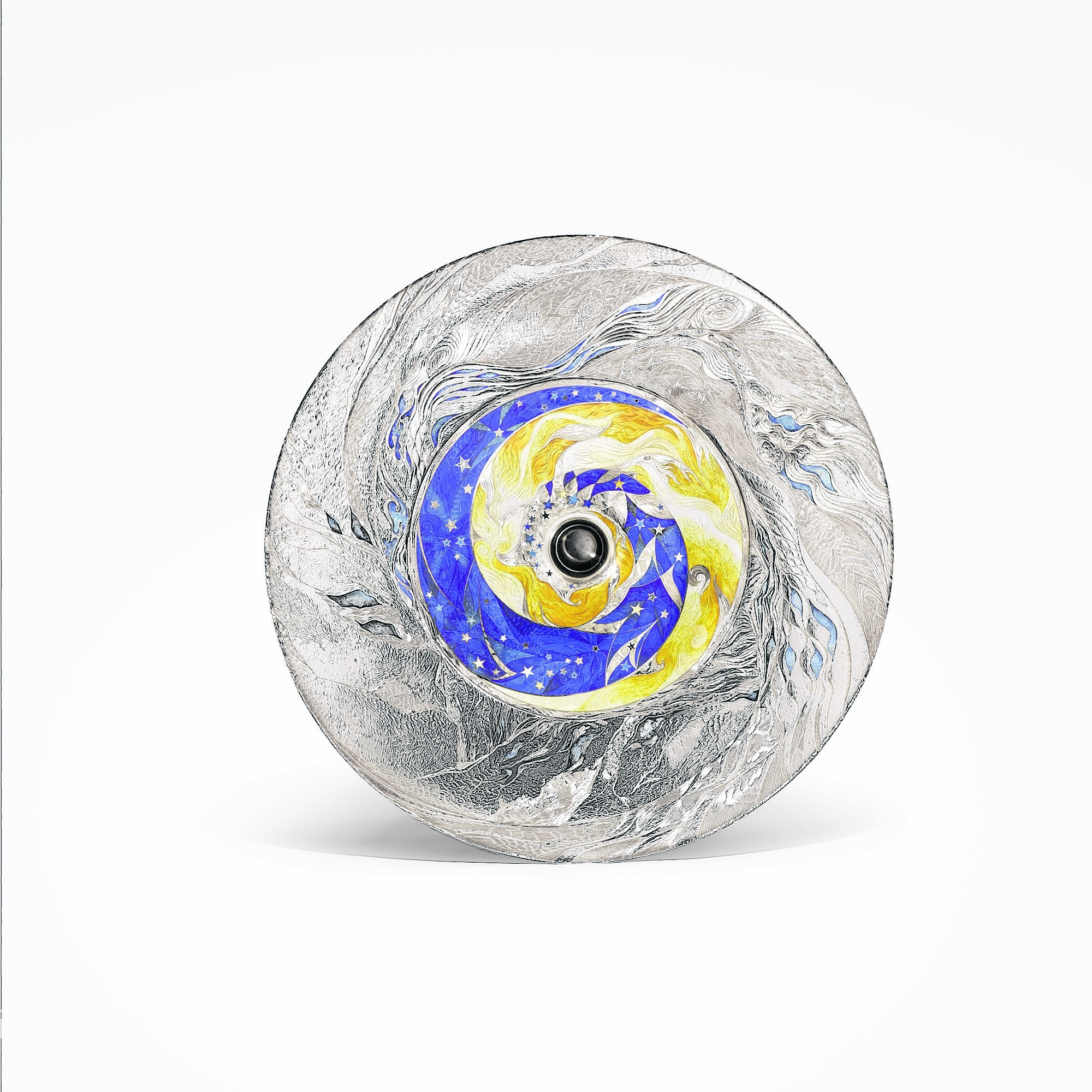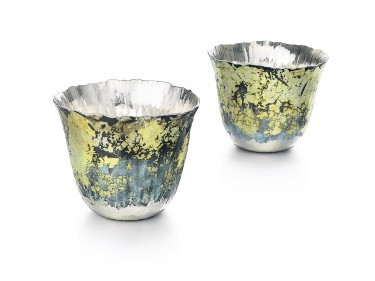Feast your eyes on a glittering display of world-class silverware, writes Susan Welsh
Britain may no longer have an empire, but it is still a world leader in one thing – modern silver. A stunning new exhibition at the National Museum of Scotland entitled The Silversmith’s Art: Made in Britain Today pays homage to the exceptional artistry and skill that make the UK such a glittering star in the world of modern silver.
The exhibition includes work from the renowned Contemporary Silver Collection of the Goldsmiths’ Company, London, dating from the Millennium to the present day, and examines the techniques and inspirations behind the works. The 150 chosen exhibits – the work of 66 silversmiths, including several Scottish creators — are some of the most treasured of the collection, showing a progression of design styles as well as the individual artistic personalities of the makers themselves.
All items contribute richly to our British heritage of decorative art, but at the heart of the exhibition is the Goldsmiths’ Company’s role as patron of contemporary studio silver. This guild, situated in the City of London, has supported the craft of gold and silversmithing for more than 700 years. Today, it has a world-renowned collection of British silver and commissions exceptional creative work each year.
Britain is a world leader in contemporary silver design and the exhibits and silversmiths featured represent the artistic range of talent in Britain today, showcasing some of the most exceptional, diverse and creative silver works of art made since the turn of the 21st century.
The Silversmith’s Art will include works by one of the world’s leading metal engravers, Malcolm Appleby. His outstanding pieces include The Millennium Casket, 1999, an 18-carat white and yellow gold casket, the lid set with an Indian moonstone, the engraved imagery symbolising the moon’s influence on the tidal oceans, created in his workshop in Scotland, and Tectonic Beakers I and II, 2014, made from Britannia silver and enamelled by Jane Short to evoke a vision of steel and gold melting in fire.
The works of 33 women artist silversmiths are included in the exhibition, with exceptional pieces by Sheila McDonald, Angela Cork and Rauni Higson, illustrating the hugely important part women now play in contemporary British silversmithing, a significant and pivotal development in this once male-dominated craft.
In addition to the works themselves, the exhibition examines the techniques and tools used by silversmiths, as well as the inspirations behind a selection of the pieces. As the silversmiths have personal control of every aspect of the creative process – from artistic conception and design, to the execution of the work itself – each piece is not only distinctive, but is an expression of its creator’s personality creating a work of art.
George Dalgleish, keeper of Scottish history and archaeology at National Museums Scotland, said: “The Goldsmiths’ Company’s 21st-century Contemporary Silver Collection demonstrates the extraordinary artistry and skill practised by silversmiths in Britain today, and The Silversmith’s Art is certain to be both a Mecca for art lovers, and fascinating for anyone with an interest in the craft and artistic process of silversmithing. It is also fitting that this exhibition should be held at the National Museum of Scotland, in a country with a rich heritage of silversmithing, a legacy that continues to the present day.”
Rosemary Ransome Wallis, art director and curator at The Goldsmiths’ Company, London, said: “At the heart of The Silversmith’s Art exhibition is the recognition of the incredible creative artistry and craft skills of modern artist silversmiths working in Britain today. The exhibition highlights for the first time that there is something exceptional happening – a new movement in the decorative arts of national importance.”
The Silversmith’s Art: Made in Britain Today can be seen at the National Museum of Scotland, Chambers Street, Edinburgh, from now until Monday, January 4, 2016. Admission is free.

